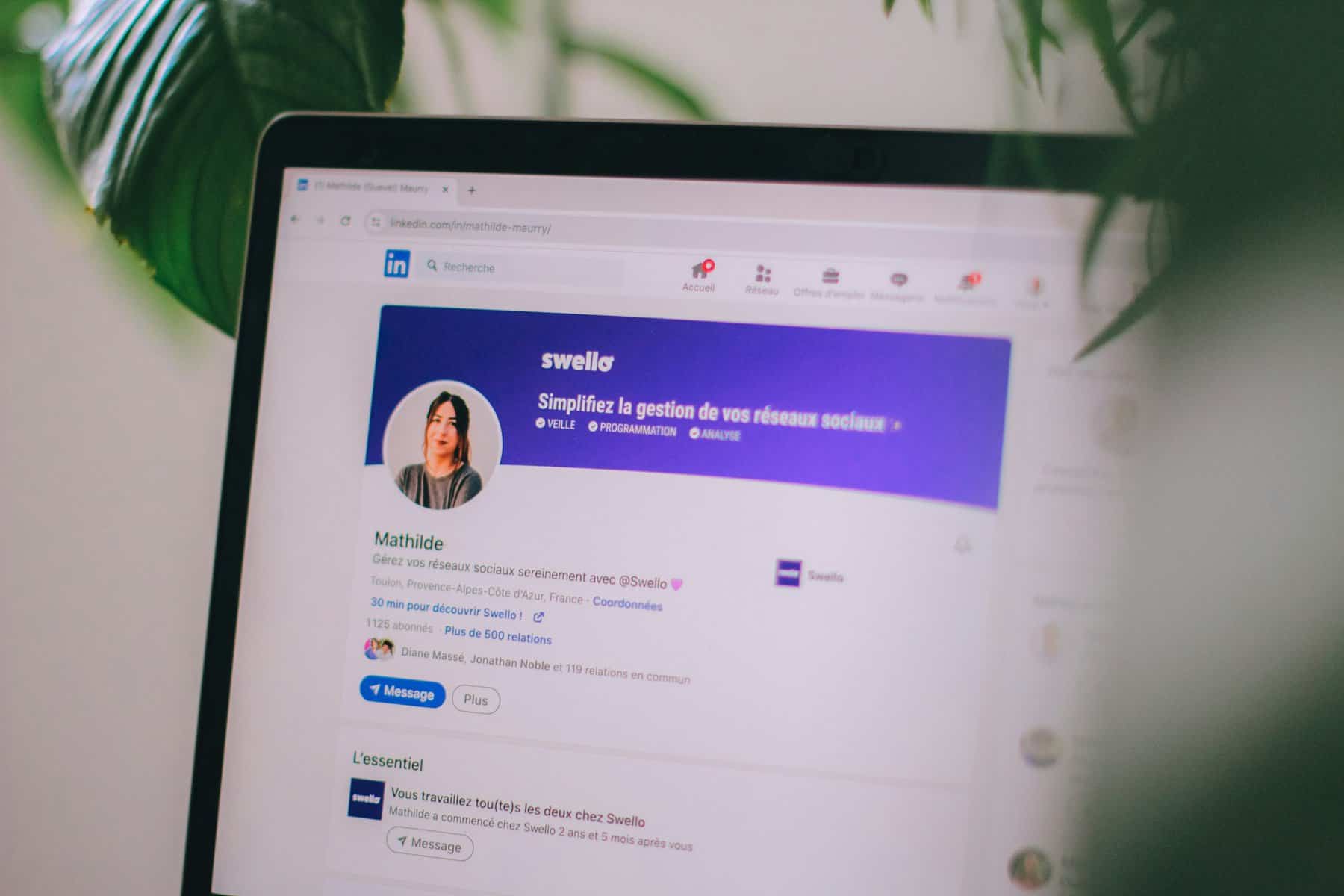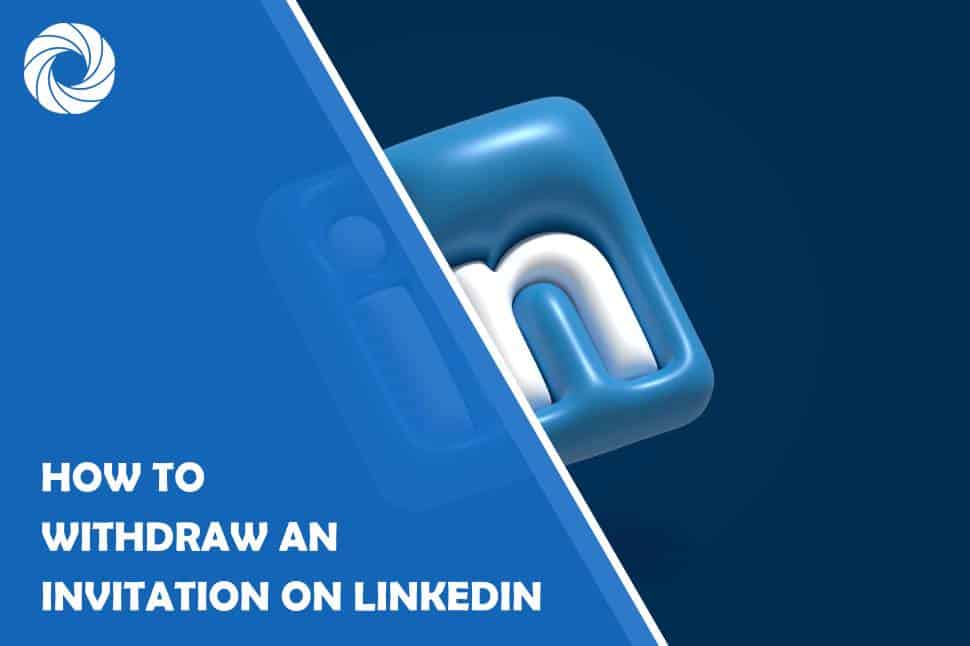In the age of digital networking, where connections are just a click away, the etiquette surrounding online invitations can be as intricate as navigating a formal gala. Imagine sending out an invitation to connect on LinkedIn, only to realize that it was meant for someone else or perhaps you’ve reconsidered your approach to building your professional network. The thought of withdrawing an invitation might seem daunting, but in reality, it’s a necessary skill in our fast-paced professional landscape—a tactical maneuver that reflects both professionalism and clarity.
Whether you're looking to refine your network by removing outdated connections or simply re-evaluating potential collaborations, knowing how to gracefully withdraw an invitation is essential. This article will guide you through the steps of retracting those digital olive branches while maintaining a polished online presence. After all, in the often-overlooked realm of LinkedIn etiquette, it’s not just about who you connect with; it’s about ensuring that every connection aligns with your professional vision. Let's delve into this often-ignored aspect of networking and empower ourselves with the tools needed for thoughtful engagement in our virtual careers.
Why You Might Withdraw an Invitation
Withdrawing an invitation on LinkedIn can often feel like a daunting task, yet there are several compelling reasons for doing so. One primary consideration is the evolution of your professional goals. As your career progresses and priorities shift, you may find that certain connections no longer align with your current aspirations or values. This could apply to invitations from individuals whose work or industry has diverged drastically from the direction you wish to pursue.
Another key factor might be the need for a more curated network. In today’s digital age, quality truly outweighs quantity when it comes to professional relationships. If you’ve collected numerous connections in the heat of networking moments but later find that some do not bring meaningful engagement or insights into your field, withdrawing those invitations allows you to focus on building deeper connections with individuals who enrich your professional landscape. Ultimately, this intentional curation fosters authenticity and can lead to stronger collaborations down the line.


Navigating to your LinkedIn connections page is a straightforward yet often overlooked step in the process of managing your professional network. Beyond simply viewing who you've connected with, this page serves as a treasure trove of opportunities for personal brand enhancement and relationship strengthening. To access it, click on My Network at the top of your homepage; this leads you directly to all current connections and pending invitations, allowing you to streamline your networking efforts more effectively.
Once on your connections page, take a moment to reflect on how each contact contributes to your professional narrative. This perspective helps in determining which invitations—whether sent or received—warrant reconsideration. You may find that some connections no longer align with your professional goals or interests, making it easier to withdraw invites that feel superfluous. Additionally, consider using this space not just for maintenance but also for growth: reach out with personalized messages or explore mutual contacts who might be valuable allies in expanding your network further. Every interaction counts when building lasting relationships online!
Finding the Pending Invitations Section
To successfully manage your LinkedIn connections, it’s essential to know where to find the Pending Invitations section. This area serves as your hub for viewing all outstanding requests—be it those you’ve sent out or received from others. To locate it, navigate to the My Network tab at the top of your homepage; this is not just a gateway for connection opportunities but also a pivotal point for refining your networking strategy.
Once you’re in the Pending Invitations section, consider how some requests may no longer align with your professional aspirations or goals. Perhaps you've sent out invitations that went unanswered—or you've received requests that don't quite fit into your current industry focus. Instead of simply ignoring them, take this opportunity to reassess and curate your network intentionally. A leaner, more relevant connection list can significantly enhance future networking prospects and ensure meaningful engagement on the platform. Remember, every action on LinkedIn sends a message; managing pending invitations thoughtfully reflects professionalism and clarity in purpose.
Selecting the right invitation to withdraw on LinkedIn requires a strategic approach, as each connection holds its own significance in your professional narrative. Begin by assessing the context of your initial invitation—did you reach out during a networking event, or were they part of a broader industry outreach? Understanding why you connected initially can help clarify whether that relationship still aligns with your current professional goals.
Additionally, consider the frequency and quality of interactions since extending the invitation. A good rule of thumb is to prioritize those connections where engagement has been minimal or non-existent over time. By withdrawing an invite from users who aren’t likely to add value to your network, you not only streamline your connections but also free up space for more meaningful relationships that could lead to fruitful collaborations or opportunities down the line. Remember, simplicity isn't just about numbers; it's about curating a network that genuinely resonates with your career aspirations.
Confirming the Withdrawal Action
Once you’ve decided to withdraw an invitation on LinkedIn, confirming the action becomes a crucial step that warrants careful consideration. The platform presents a brief confirmation prompt, which serves as your last moment of reflection. This isn’t just about securing an exit; it’s an opportunity to evaluate the relationship and the potential repercussions of your decision. By choosing to confirm the withdrawal, you’re not only retracting your interest but also silently communicating boundaries and setting expectations for future networking interactions.
It’s vital to understand that withdrawing an invitation can influence how others perceive you professionally. While it may seem like a minor act, it reflects your intentions and clarity in networking. Consider sending a respectful message if appropriate—this can soften any perceived abruptness about the withdrawal and showcase your professionalism. Remember that LinkedIn is a dynamic space; today’s withdrawn invitation could lead to more meaningful connections tomorrow, affirming that networking is about quality over quantity.
Maintaining professional connections on LinkedIn is not just about the quantity of your network, but the quality. After withdrawing an invitation, it’s essential to approach your existing relationships with intention and care. Regularly engaging with your connections through thoughtful comments on their posts or sharing relevant articles can deepen these bonds. By doing so, you show that you value their insights and contributions while continually nurturing a collaborative environment.
Moreover, don’t underestimate the power of personalized messages. A simple note expressing your appreciation for their work or inquiring about their latest projects can reignite dormant relationships. It’s these small gestures that transform a simple connection into a meaningful partnership. Remember, LinkedIn is not merely a platform to accumulate contacts; it's an opportunity to cultivate lifelong professional alliances that could yield mutual benefits far beyond immediate career advancements. Every interaction counts in creating an enduring legacy within your network.
